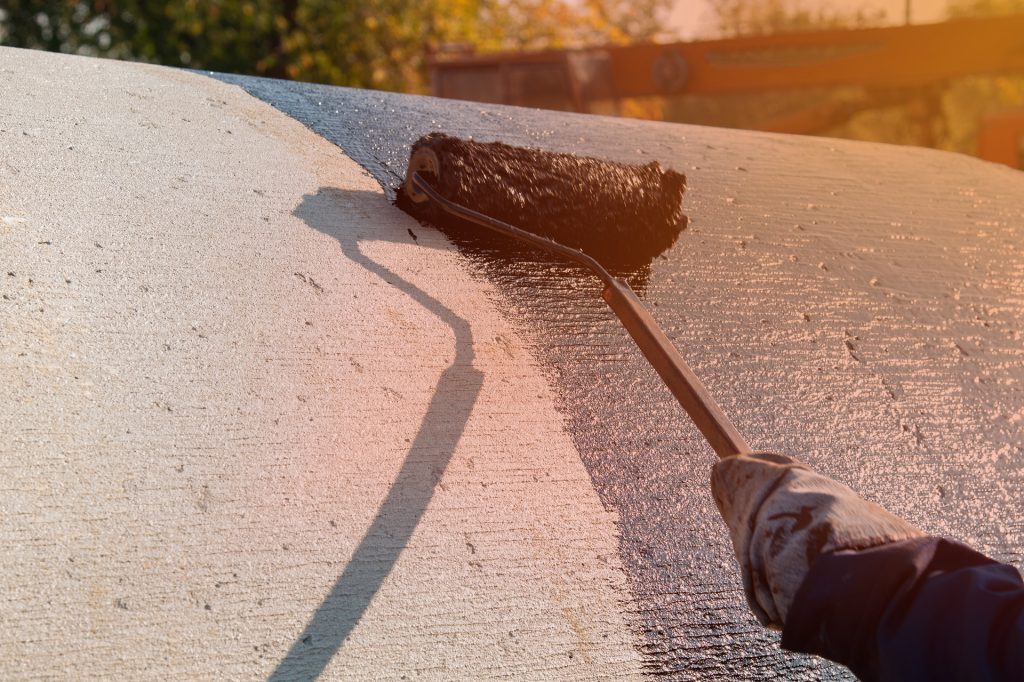Menu

3 Ways to Prevent Dampness in Commercial Buildings – Our Guide
Commercial buildings like offices, restaurants, hotels, and more can suffer from dampness due to various reasons. Clogged drains are the common culprits, but some experience constant damp conditions due to faulty construction or poor architectural design. Either way, it can spell trouble for businesses as humid environments are a breeding ground for mould and fungi.
Mould contamination can compromise the health of guests, employees, and customers alike on top of the cosmetic damages it leaves. That’s why businesses take extensive measures to prevent leaks and water damages by damp proofing various parts of the structure.
What Causes Dampness in a Building?
Building materials tend to absorb moisture from the rain, flood, leaks, and other sources of water. The culprit can be due to defective structures, poor choice of materials, or faulty structure design, all of which leave commercial buildings vulnerable in rainy conditions.
Other forms of damage that can lead to dampness include worn down bricks, stones, tiles, or the softening of plaster, and other deteriorating materials. With that in mind, the list below explores some ways to ensure your building are kept dry as a bone for the long haul:
1. Membrane Damp Proofing
Applying a membrane damp proofing to your basement is the best way to keep moisture from being absorbed into the ground and concrete walls. It’s made from layers of water-repellant materials called a damp proof course (DCP), which is typically comprised of plastic, polythene sheets, cement-based concrete, bituminous felts, or asphalt.
2. Surface Treatment
Most surfaces have microscopic pores that absorb moisture when exposed to wet environments. In that regard, the surface treatment uses cement coating, transparent coatings, paints, varnishes, and bituminous solutions to fill up the pores and prevent surfaces from becoming damp.
Using a lime cement plaster, for instance, offers a cost-effective way to shield your walls from moisture due to rain.
3. Integral Damp Proofing
This uses waterproof concrete by combining proofing compounds with the concrete mixture to boost its resistance to moisture. The waterproofing compounds are typically made of sand, clay, and lime, all of which are excellent at filling the pores in surfaces and waterproofing concrete.
The Bottom Line: Damp Proofing Commercial Buildings Plays a Major Part in the Quality and Longevity of a Building

Damp-proofing or waterproofing is often overlooked when it comes to building maintenance, but it plays a pivotal role in preserving the commercial building’s structural integrity. It also mitigates the development of mould and mildew, which can trigger respiratory problems for the people in the building.
Water ingress can also damage the performance and cosmetic properties of the building, which is why damp proofing offers a more economical solution that can increase your building materials’ lifespan and retain the value of your property.
If you’re looking for reliable commercial plumbing services in the Abbotsford, BC, we’re the best team to call in town. Let us help you with any of your dreading plumbing concerns!


